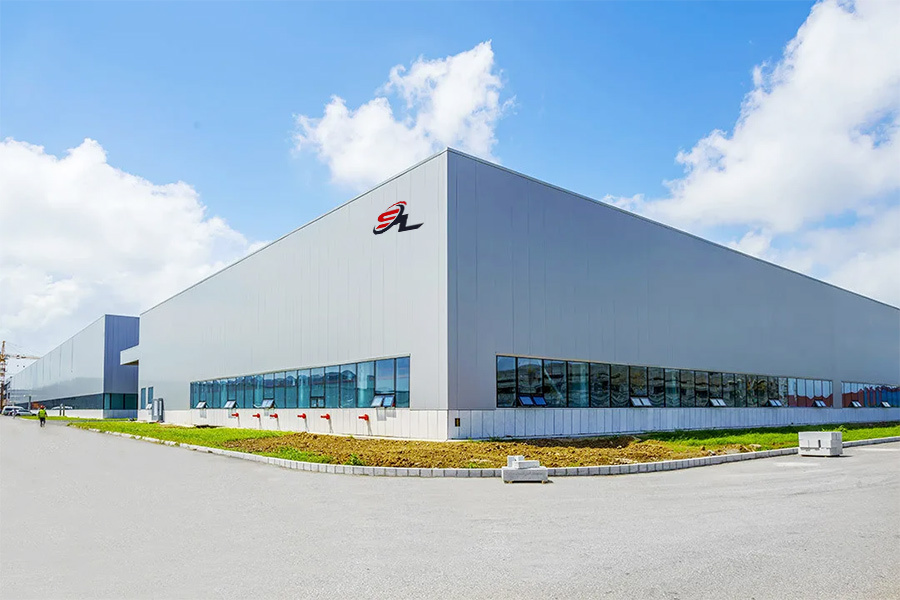The Yaw Tester: Navigating the Latest Innovations in Tech
2025-05-12

Understanding the Yaw Tester
Ever wondered how engineers ensure that aircraft, cars, and even some drones maintain their stability and directional control? Enter the yaw tester! This nifty piece of equipment plays a crucial role in measuring the rotational movement of an object around its vertical axis. In simpler terms, it helps in understanding how well a vehicle or device can maintain its heading, even when faced with external forces. Who knew that something so simple could be so vital, right?
The Buzz Around Yaw Testing
As technology evolves at breakneck speed, the yaw tester has gained traction in various sectors. From aerospace to automotive industries, its applications are as diverse as they are essential. You see, maintaining the correct yaw angle can mean the difference between a smooth ride and a bumpy disaster!
Why Every Engineer Should Know About Yaw Testing
Let’s face it, folks: engineers today are like the Swiss Army knives of the modern era. They need to be well-versed in multiple disciplines, and yaw testing is one of them. By utilizing a yaw tester, they can:
- Enhance Safety: Ensuring stability means fewer accidents.
- Improve Performance: Fine-tuning the yaw angle can lead to better handling and efficiency.
- Save Time and Money: Early detection of stability issues can prevent costly retrofits.
The Tech Behind Yaw Testers
So, how does this gadget work its magic? A yaw tester typically employs sensors to measure angular displacement and rotational speed. These readings are then analyzed to assess how a vehicle responds to various conditions. Pretty cool, huh? With advancements in technology, many modern yaw testers come equipped with software that provides real-time data and visualizations. Talk about a game-changer!
Real-World Applications
Now that we’ve got the basics down, let’s dive into some real-world scenarios where yaw testers shine bright:
- Aerospace: Aircraft undergo rigorous yaw testing to ensure stability during flight, especially in turbulent conditions.
- Automotive: Car manufacturers use yaw testers to simulate driving scenarios and optimize handling.
- Maritime: Ships and boats are also subjected to yaw testing to maintain course and stability in open waters.
What’s Next for Yaw Testing?
As we zoom into the future, the yaw tester is bound to become even more sophisticated. With the rise of autonomous vehicles and advanced robotics, the demand for precise yaw measurements will skyrocket. You can bet your bottom dollar that engineers will keep innovating to make sure these technologies operate safely and efficiently.
In Conclusion
In a world that’s always on the move, the yaw tester is a silent yet powerful player in the background, ensuring that our vehicles stay on course. Whether you're a seasoned engineer or just a curious tech enthusiast, understanding the yaw tester can give you a fresh perspective on how we navigate our lives. So next time you hop into a car or take to the skies, remember the yaw tester quietly working behind the scenes. Isn’t technology just amazing?
Contact Us
Email:
15720371695@163.com
Tel/Whatsapp:
+86-15720371695
Address:
156 Beituan Village, Jiaohe Town, Botou City, Cangzhou City, Hebei Province, China

